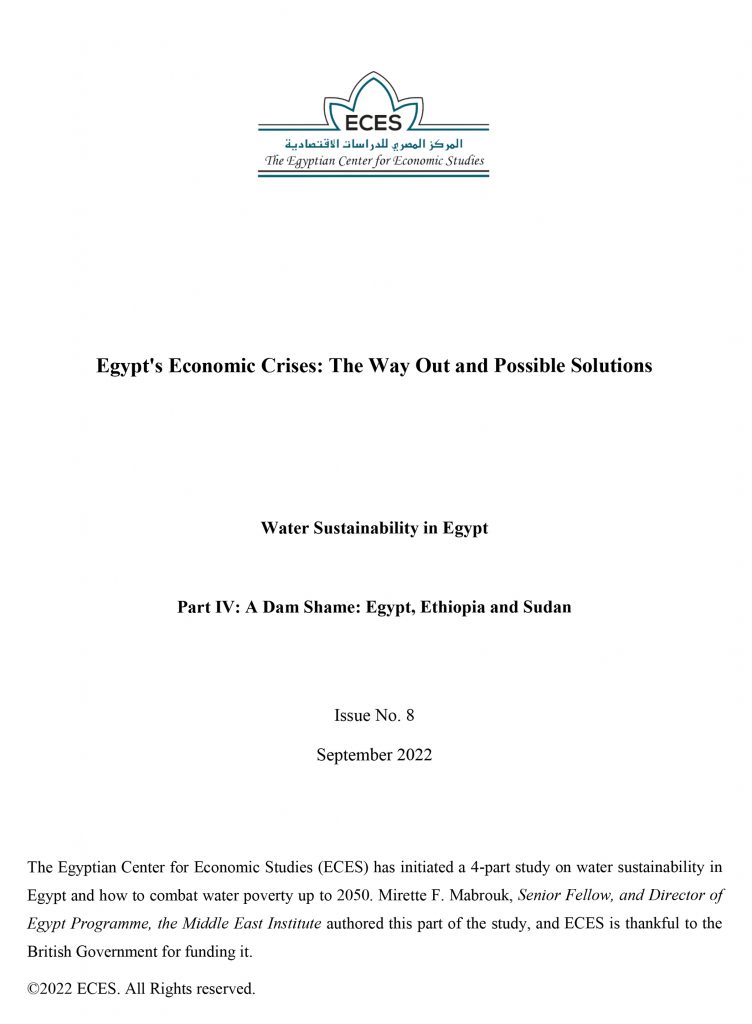Abstract
As of June 2021, a decade of negotiations between Egypt, Ethiopia and Sudan over the filling and operation of the Grand Ethiopian Renaissance Dam had failed to produce any tangible results. The largest dam on the continent, with a capacity of 74 billion cubic metres, it is capable of generating almost 6,000 megawatts (MW) of electricity, which would satisfy Ethiopia’s need for both domestic consumption and export. More importantly to Egypt and Sudan, however, it has the potential to disrupt the flow of water to both downstream countries.
This decade of negotiations has been marred by a lack of trust between the parties. There have been accusations by Ethiopia of ‘colonial entitlement’ on the part of Egypt and Sudan, who in turn, have accused Ethiopia of intransigence in its negotiating stance and stalling on the negotiations until the dam had become a de facto presence. Matters have been aggravated by a rising nationalist discourse among the public in all three countries.
This paper attempts to chart the path of the negotiations over the filling and operation of the dam and examine its ramifications. It will also examine the major sticking points in the negotiations; the desire of Egypt and Sudan for both a legally binding agreement and a dispute mechanism – both of which Ethiopia refuses – by looking at the history of previous Ethiopian hydropower dams and the geopolitics of regional transboundary issues.
This part will also discuss external factors and pressures on the negotiations, among them the role of Ethiopia’s domestics political upheavals, the influence of various global players and how this issue plays into larger geopolitical concerns. Finally, it will attempt to explore the possibilities for future reconciliation, if any.

